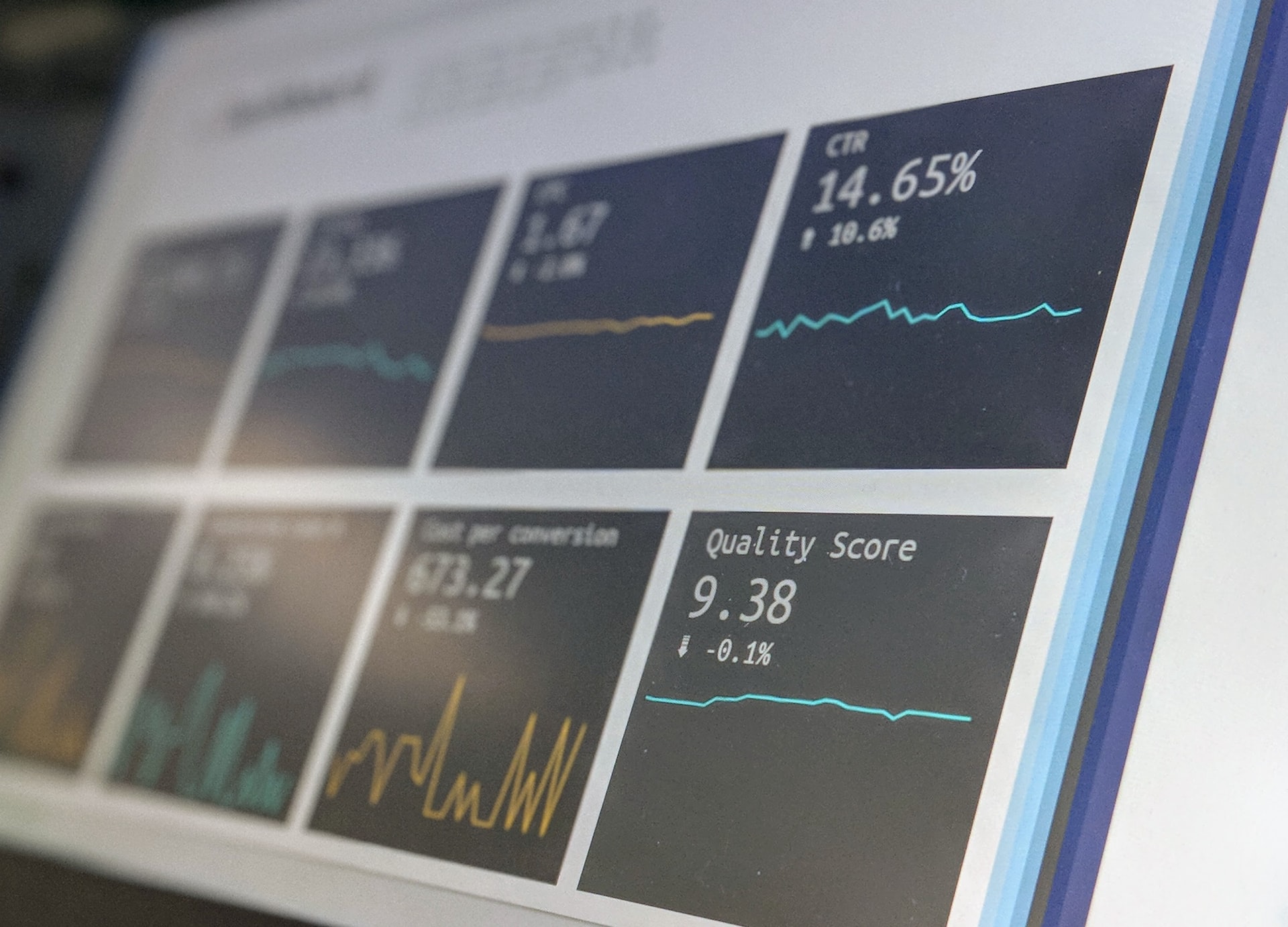In the last part, the advantages and disadvantages of data analytics outsourcing vs building your in-house capability, the overall conclusion was that outsourcing data analytics shouldn’t be an issue as all the risks can be mitigated.
Companies and organisations outsource all types of IT and business functions to service providers, including highly strategic ones like data analytics, one of the more competitively advantageous areas on the technology spectrum.
With data analytics outsourcing, organisations hire service providers to perform analytics on the data they provide to the outsourcing company. Industry research shows that demand for the service is on the rise.
For instance, the global data analytics outsourcing market was valued at $5,900 million in 2020 and is projected to grow to $60,348 million by 2028. Data analytics outscouring is a cooperation model in which a company trusts a service provider with its data and obtains insightful reporting.
Additionally, it brings in possibilities to leverage the professionalism and experience of the outsourcing team. In this post, we’ll dive into what happens when someone decides to outsource their data analytics, what happens next and what you should expect.
Why outsource your data analytics?
Most businesses want better data but aren’t sure where or how to start. The best data analytics outsourcing partner can handle the set-up for them, helping to accelerate their growth and giving them more time for strategic planning.
Helmes believes every company can benefit and one way to do that is to outsource data analytics. Our team has written the top 6 reasons companies approach us for data analytics outsourcing.
1. Beat the competition
In a world where data-driven decision-making becomes more sophisticated by the day, no company can afford to ignore the competitive advantage gained from a robust data analytics process. Investing in data analytics can be a game changer for a company, from collecting data for customer profiles to predicting buyer behaviour.
A top outsourcing partner can facilitate faster growth that outpaces your competitors.
2. Leverage much-needed expertise
When organisations outsource their data analytics, they entrust one of their most valuable assets to highly skilled professionals to achieve desired outcomes and understand industry best practices.
Data scientists, like those at Helmes, will help businesses leverage trends they probably don’t know existed.
3. Cost reductions
For most companies, hiring a full-time data scientist is cost prohibitive. Outsourcing data analytics allows them to leverage data analytics according to their budget.
Analysis can be done on a project basis or ongoing as organisational needs evolve.
4. Fast access to data
Business leaders must base their decision-making on making intelligent, data-driven decisions. With market factors changing rapidly, there is not much room for error. No business or organisation can waste time or resources on poorly made decisions.
Outsourcing provides technical skills and specialist requirements fast so companies can take advantage of opportunities with precision.
5. Deepen client relationships
The advantage of robust data analytics is that organisations can identify what their clients need – even before they know what they need. Predictive analytics can help you build unique relationships with clients who come to see that you understand them and can be relied upon to meet their individual needs.
6. Increasing productivity
Relying on existing IT staff is not an excellent long-term strategy for data analytics. Whilst the IT team are helpful on a project basis, they are often distracted with other development requests and their priorities.
With a data analytics outsourcing process, the outsourced partner will entirely focus on an organisation’s data analytics goals and outcomes and assign their complete resources to achieve those goals.
I’ve decided to outsource data analytics. What’s next?
In most cases, outsourcing data analytics shouldn’t be an issue for any sized business as it helps the company stay focused on their core competencies and their business. Industry experts agree that outsourcing analytics is a good plan for most companies. But while considering outsourcing analytics, it is always necessary to do your due diligence.
Step 1: Selecting a partner and define objectives
This step outlines the selection of partners, what you should consider when choosing one and what should be outlined in the contract and objective phases.
Selecting a partner
Outlined below are some of the questions you need to answer before selecting a partner:
- Is the partner trustful?
- What references does the partner have, and do they have a proven track record?
- What can be done to minimise the risk of a data breach?
- How is the data handled?
The success of data analytics outsourcing comes from the relationship between the company and the outsourcing partner.
Signing the contract – mitigating risks
The main area for data contracts should be security.
No one wants their data to leak into the hands of a third party. Hence strict rules will have to be put in place to protect the company, its employees, its customers, and its data. NDAs should be implemented to mitigate all those risks, and all other risks need to be mitigated in this instance. If there isn’t trust between the two sides, data access should be limited and extended if required.
Defining the objective = definition of success
Defining a goal or what the partnership should achieve is always crucial. This enables both sides to understand the exact need and set expectations. It is almost certain that a partner will find something beneficial for improving your business!
This is the value added by combining professionals from different industries. They can have an outside-in view of the business and detect potential issues and problems.
Step 2: Organising partnership
This step is all about partnership, how to handle communication and how to set up collaboration so that the partnership is beneficial for both sides.
Collaboration
Companies that are successful in becoming digitally enabled and customer-obsessed are those best able to collaborate effectively internally and externally. MIT Sloan Management Review’s research found that:
A focus on collaboration – both within organisations and with external partners and stakeholders – is central to how companies create business value and establish a competitive advantage.
Collaboration is also key between both parties. Outsourcing partners should be treated in the same way as other internal employees. This will enable better communication and therefore yield better results. So it is vital to find a trusted partner who can easily collaborate and who can bring their expertise.
The Rhythm of Business (RoB)
Aligning and setting up RoB is a critical element of outsourcing. This should contain stakeholders, project timelines, status updates, and other vital processes. Once that has been set, both sides know their dependencies, and specific processes can be implemented.
Handover and workshops
It is good practice to get a partner up to date whenever outsourcing. It is essential to share everything related to the area for which an outsourcing partner is hired. This will help them get up to speed and provide value more quickly. These handovers/workshops should include knowledge sharing from both sides, and it helps with team-building.
It is suggested to have such sessions once in a while to keep all parties up to date and to allow knowledge sharing of best practices.
How can Helmes help?
At Helmes, we believe in long-lasting partnerships that enable both sides to grow. In the data world, we currently focus on providing three services:
- Building data warehouses
- Doing data analytics
- Building and automating data-driven dashboards for tracking KPIs and helping organisational growth
Check out what we are doing with our data engineers and BI specialists, or contact us for help.
Not ready to outsource yet? Read about 5 free data analytics tools to get started.
Get in touch




